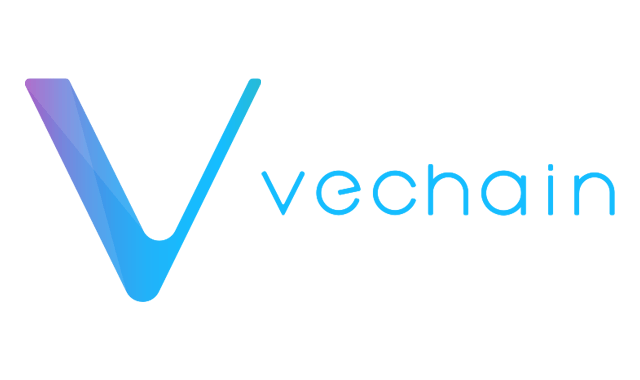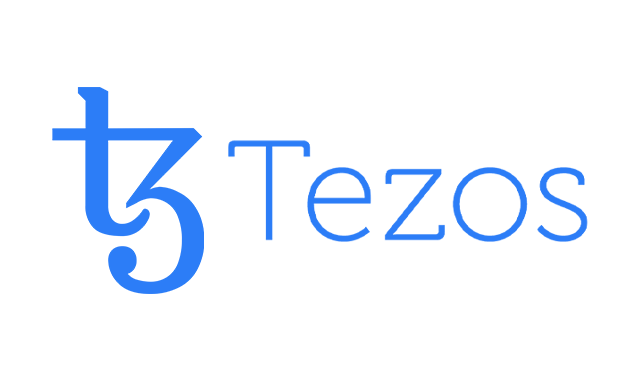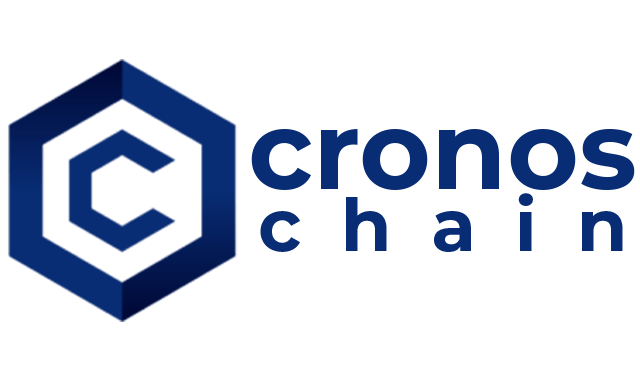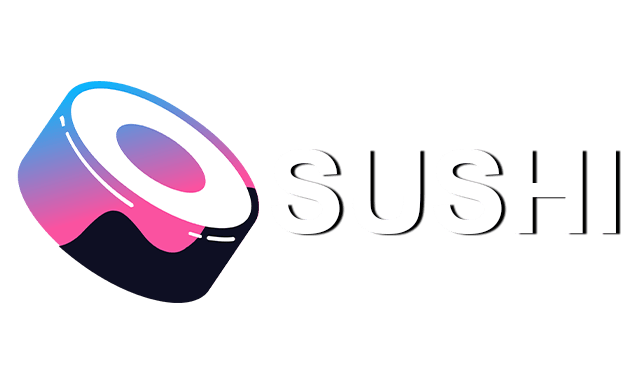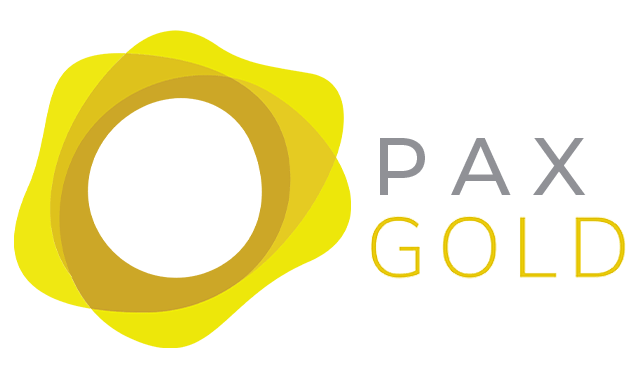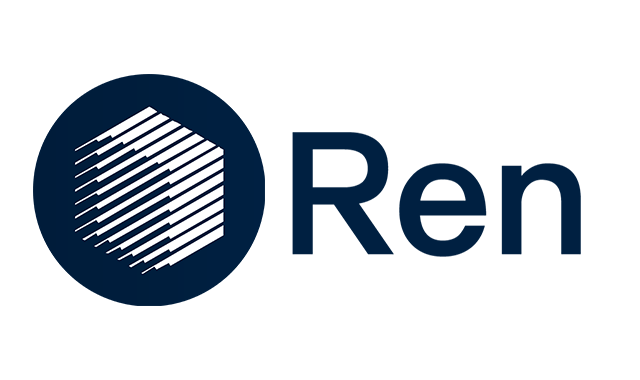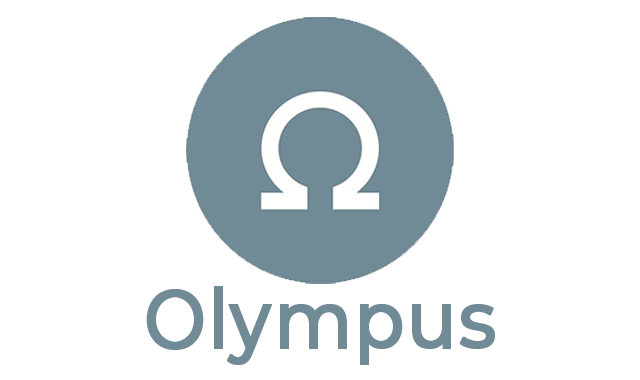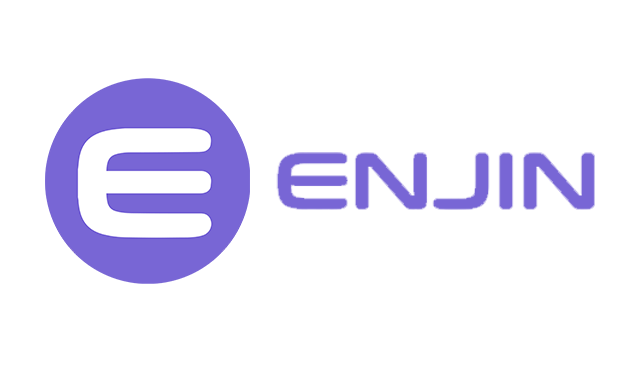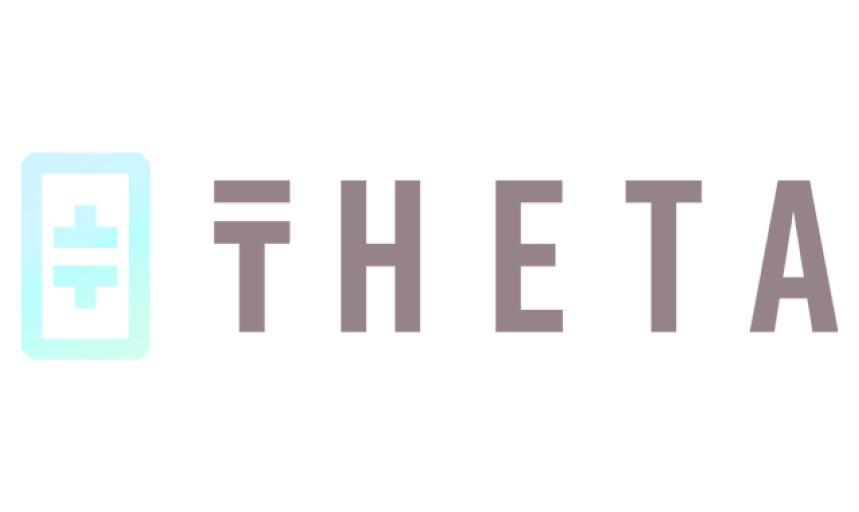The Power of Foundational Blockchain Technology!
Discover the bedrock of innovation. Explore Layer 1 blockchain solutions, shaping the future of crypto and beyond.
Thorchain
THORChain is a decentralized liquidity cross-chain or platform network allowing users to swap digital assets across different blockchain networks easily. The platform has seen significant growth and adoption in recent months as it offers a unique solution to the problem of limited liquidity or marketability across various cryptographic ledgers.
Built on the THORChain protocol, the RUNE token or coin serves as the native currency of the Thorchain ecosystem. It enables users to participate in governance decisions and earn rewards by providing marketability.
In this article, we’ll explore everything you need to know about THORChain, including its history, ecosystem, and tokenomics.
What is THORChain?
The main goal of THORChain is to provide a trustless and permissionless system for swapping digital assets, enabling users to move their tokens between different DLT networks without relying on controlled exchanges. THORChain achieves this through its unique algorithm allowing users to trade assets across multiple chains without intermediaries or third parties.
The protocol uses a network of nodes, called “thor nodes,” to facilitate the exchange of assets across different cryptographic ledgers. These hubs are incentivized to provide marketability and maintain fixed network security by earning transaction fees.
In addition to its interoperability capabilities, THORChain also offers users the ability to earn rewards by providing marketability to the network. Users who contribute to the pool of funds can receive a portion of the transaction fees generated by the protocol.
The native token of THORChain is RUNE and is used for governance, risk, and as a medium of trade on the platform.
How does THORChain work?
Here’s how RUNE works:
- Liquidity Pools: THORChain uses a network of pools, essentially a group of user funds held in a smart contract. Each pool contains two assets, and users can trade between those assets by providing marketability to the pool.
- Nodes: It relies on a network of nodes or hubs to facilitate cross-platform transactions. Anyone can operate these networks and is incentivized to maintain the network’s security and marketability.
- Cross-platform or -chain swaps: When a user initiates a cross-platform trade, THORChain selects a validator to facilitate the transaction. The validator uses the liquidity providers to exchange the user’s asset on one blockchain for the desired asset on another. This process is done without needing controlled exchanges or custodians on the crypto market.
- BEPSwap: This is THORChain’s native user interface, where users can easily trade tokens, add marketability to pools, and earn rewards in RUNE.
- RUNE: RUNE is used to pay transaction fees, secure the network, and incentivize liquidity providers. Users who provide financial stability to a pool receive LP tokens, which can be staked to earn additional rewards in RUNE. A fixed network fee and a dynamic slip-based fee are charged on all trades.
- Ledger Nano: is a hardware wallet or trust wallet that can be used to store and secure cryptocurrencies, including the RUNE. This ledger can be a cold storage solution to hold and manage RUNE crypto coins securely. This is particularly important for users who want to participate in liquidity provision on the network or hold a large amount of RUNE for investment purposes.
Community and Partnerships of THORChain
The project strongly focuses on community and partnerships, recognizing that collaboration and support from the wider ecosystem are essential for its long-term success.
Community: THORChain has a vibrant and active community engaged in various social media platforms, including Twitter, Telegram, Reddit, and Discord. The project’s official Twitter account has over 105,000 followers, while its Telegram channel has over 40,000 members. The community is also involved in governance, with asset holders able to vote on proposals related to the protocol’s development and management.
Partnerships: THORChain has forged several strategic partnerships to enhance its marketability and reach. Some of the notable partnerships include:
- Chainlink: THORChain has integrated with Chainlink to access current price feeds from decentralized Oracle networks. This integration ensures that the trade rates on the system are accurate and reliable.
- Terra: The system has partnered with Terra to enable cross-platform trades between the THORChain and Terra ecosystems. This integration enhances marketability and enables users to access a broader range of assets.
- Binance Smart Chain: The system has integrated with the Binance Smart Chain to expand its marketability and reach. This integration enables users to access assets on the Binance Smart Chain and swap them with assets on other networks.
- Injective Protocol: THORChain system has partnered with Injective Protocol to enable users to trade synthetic assets. This integration enhances the diversity of assets available on the system. It enables users to trade assets not natively available on the network.
The Technology Behind THORChain
Here are some of the technologies that power THORChain:
- Tendermint: It uses Tendermint as its consensus mechanism, a Byzantine fault-tolerant (BFT) consensus engine that ensures the security and finality of transactions on the network.
- BEP2/BEP20: It uses the BEP2 and BEP20 token standards to enable cross-platform swaps. These standards allow tokens to be pegged to their native assets on their respective decentralized database, ensuring that the swapped tokens’ value remains consistent across chains.
- Cosmos SDK: The system is built using the Cosmos SDK, which provides a framework for building custom cryptographic ledgers and interoperability between them. The SDK allows the system to communicate with other DLTs and facilitate cross-platform trades.
- Threshold Signature Scheme (TSS): The system uses a TSS to secure the network and ensure that trades are executed correctly. A TSS allows multiple parties to collaborate on a single signature, which reduces the risk of any one party acting maliciously or making a mistake.
- Multi-party Computation (MPC): The system uses MPC to ensure that liquidity providers are selected in a trustless and permissionless manner. MPC allows multiple parties to collaborate on a single computation without revealing their inputs, ensuring the selection process is fair and transparent.
Where to sell or buy Thorchain?
RUNE can be bought or sold on various cryptocurrency exchanges. On trading systems like Binance, you can also purchase RUNE with fiat currency. Some of the popular exchanges where you can trade RUNE are:
- Binance
- BingX
- Kraken
- Huobi
- KuCoin
- Gate.io
- BKEX
How can THORChain be mined?
RUNE is not a mineable cryptocurrency like Bitcoin (BTC)or Ethereum (ETH). Instead, it is a cross-chain DEX protocol that allows users to have crypto trading from different DLT networks in a trustless and non-custodial manner.
As such, no mining is involved in the THORChain system’s operation. However, the protocol does have a marketability provision mechanism called “thorNodes” that users can operate by risking a certain amount of RUNE tokens. By staking RUNE coins, users can earn a share of the transaction fees generated by the network.
To become an operator, you must have a minimum of 100,000 RUNE tokens and follow the necessary steps to set up your node. You can find more information about becoming a Node operator within the THORChain website or through community resources.
How does THORchain compare against its competitors?
One of the key advantages of THORChain is its functionality, which allows for trustless and permissionless token trades between different cryptographic networks. This is achieved using CLPs and a network of Vaults that hold a reserve of each asset supported within the network. In addition, by enabling cross-platform token swaps, THORChain provides users access to pools with the most liquidity and reduces reliance on centralized exchanges.
ThorChain’s CLP has the distinctive feature of having an on-chain and trustless “basket” of marketability, encouraging participants to fill it up. As a result, the CLP is an exceptional trading environment that doesn’t necessitate a buyer and seller pair to transact. Additionally, the Bifrost protocol keeps track of the ratio of RUNE in the CLP.
Another advantage of the said system is RUNE holders can earn rewards by providing marketability to the network, which helps to ensure the availability of assets for trading and improves the user experience. Additionally, because RUNE is the native token of the network, it provides a way for users to access liquidity without worrying about marketability fragmentation across different assets.
Regarding user experience, THORChain aims to provide a simple and intuitive interface for trading assets, focusing on reducing slippage and improving the discovery of market prices. The protocol also offers low transaction fees, which makes it accessible to a wider range of users.
In terms of competitors, THORChain faces stiff competition from another blockchain-based trading such as Uniswap, PancakeSwap, and Sushiswap. Uniswap is the largest DEX, with a market dominance of over 50%. However, as mentioned earlier, Uniswap is limited to Ethereum-based tokens, giving THORChain an advantage in multi-chain interoperability.
PancakeSwap is a blockchain-based trading built on Binance Smart Chain. It has gained popularity due to its low fees and fast transaction times. However, PancakeSwap is also limited to Binance Smart Chain-based tokens, which means it cannot offer the same level of multi-chain interoperability as THORChain.
Sushiswap is another blockchain-based trading that has gained popularity recently due to its unique features, such as yield farming and market making. However, Sushiswap also suffers from the same limitations as PancakeSwap and Uniswap: its inability to support multi-chain swaps.
While other protocols may offer similar features or benefits, The system’s combination of features and focus on accessibility make it a promising contender in the rapidly evolving world of distributed finance.
THORChain (RUNE) History
THORChain is built using different technologies. It is a cross-protocol system that allows for swapping assets across different blockchains. The project was founded in 2018 by an anonymous team of blockchain enthusiasts, including CEO and co-founder Chad Barraford.
The initial idea behind THORChain was to create a decentralized exchange (DEX) that would allow for the seamless exchange of cryptos without the need for a centralized intermediary. However, the team soon realized this approach was limited because most crypto operates on separate cryptographic ledgers.
To solve this problem, THORChain developed a cross-platform solution that would allow for the exchange of assets between different cryptographic networks. This was achieved by creating a new distributed ledger known as the THORChain Network, which bridges different cryptographic ledgers. Furthermore, the said network uses a technology called “Continuous Liquidity Pools” (CLPs) to ensure that there is always ease of trading available for any asset being exchanged.
The said Network launched its mainnet in April 2021 after a successful series of testnets. Since then, it has continued to gain popularity as a DEX that offers fast and secure trading of assets across different Digital Ledger Technology (DLT) networks. In addition, the network’s native coin, RUNE, is used as a utility coin within THORChain ecosystem to pay transaction fees and incentivize liquidity providers.
In July 2021, THORChain suffered a hack that resulted in the loss of around 7.6 million USD worth of cryptocurrencies. However, the team recovered the stolen funds and has since implemented several security upgrades to prevent similar incidents from occurring in the future. As the RUNE cryptocurrency price increased from $4.8 in July, THORChain experienced some notable price action between July and November 2021.
Despite this setback, the system continues to grow in popularity. It has been listed on several major cryptocurrency trades, including Binance, Coinbase, and Kraken. The team is also working on new features, such as cross-platform staking, allowing users to earn rewards by staking their assets across different cryptographic networks.
RUNE) Price Statistics
THORchain Price Live(USD)
Market Cap of THORChain
RUNE daily trading volume
Related Crypto
